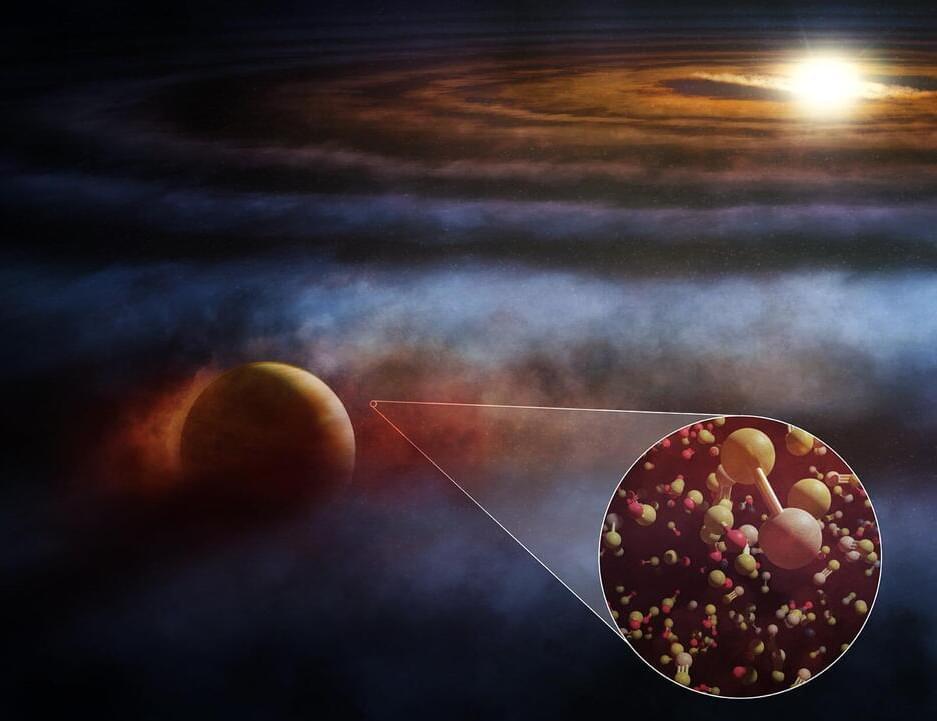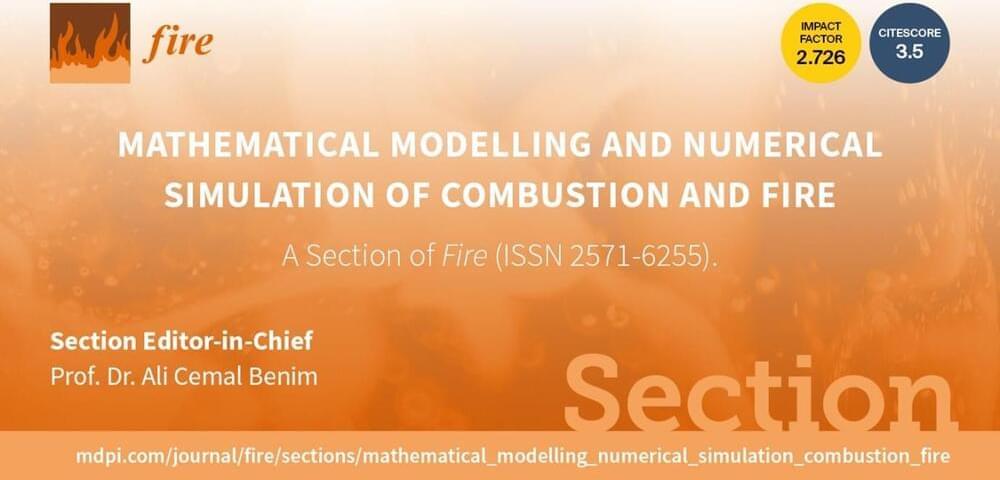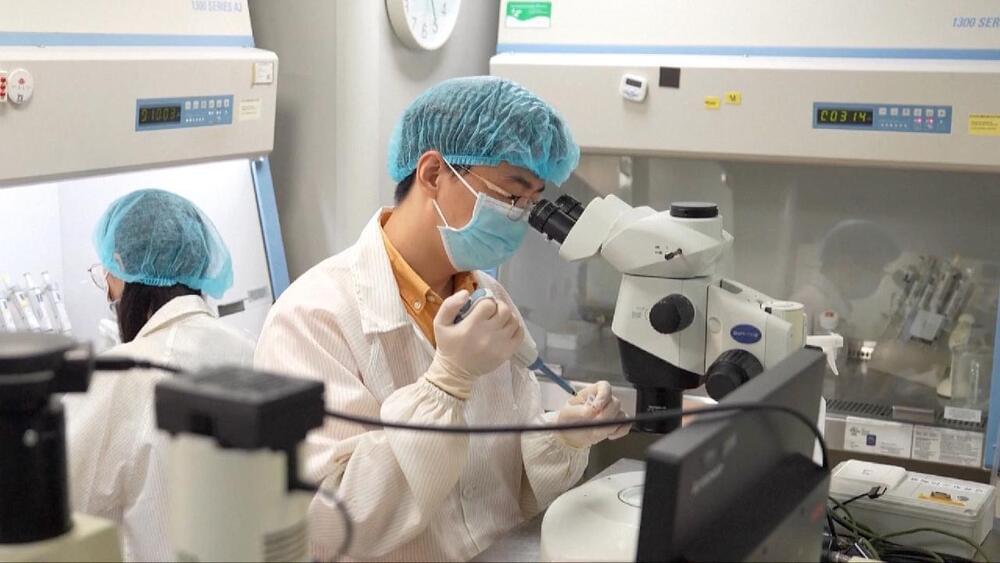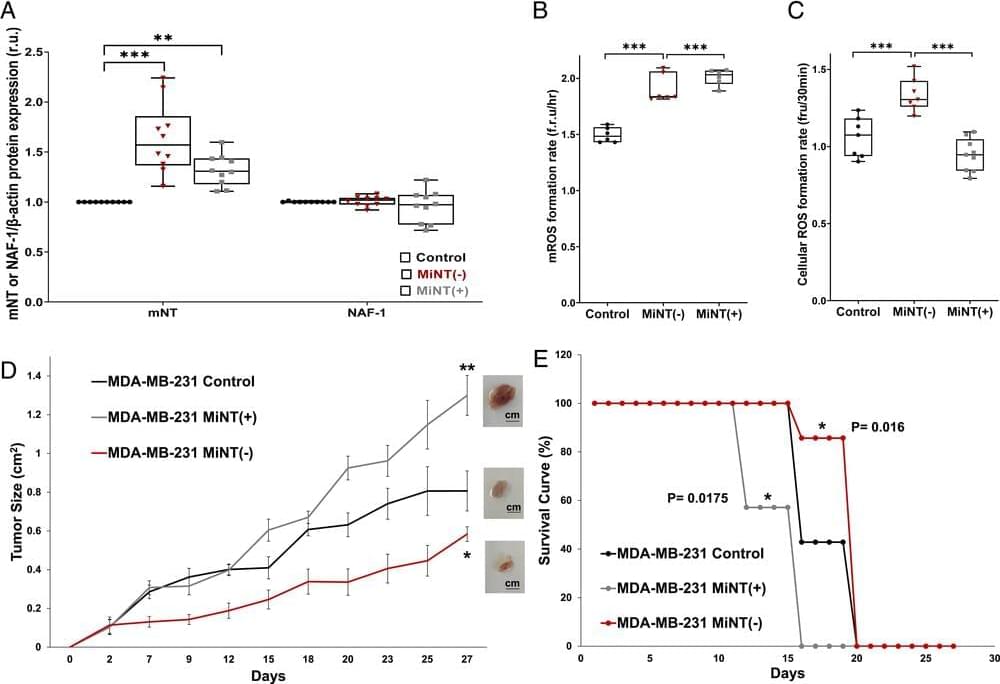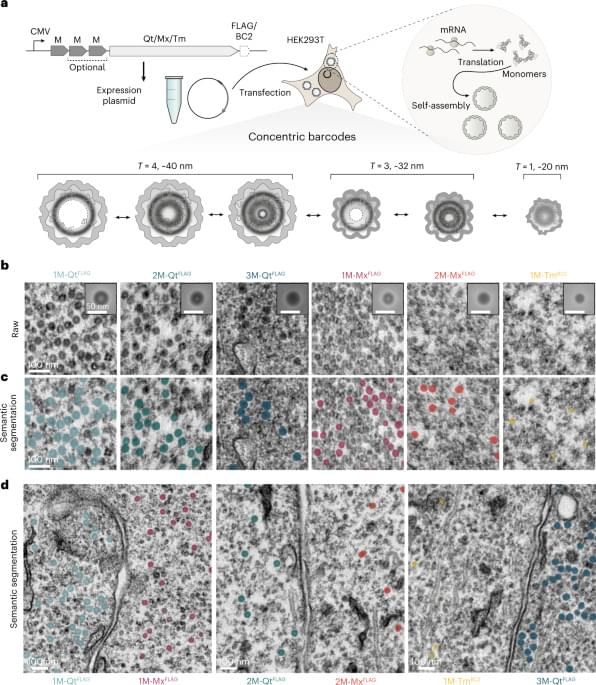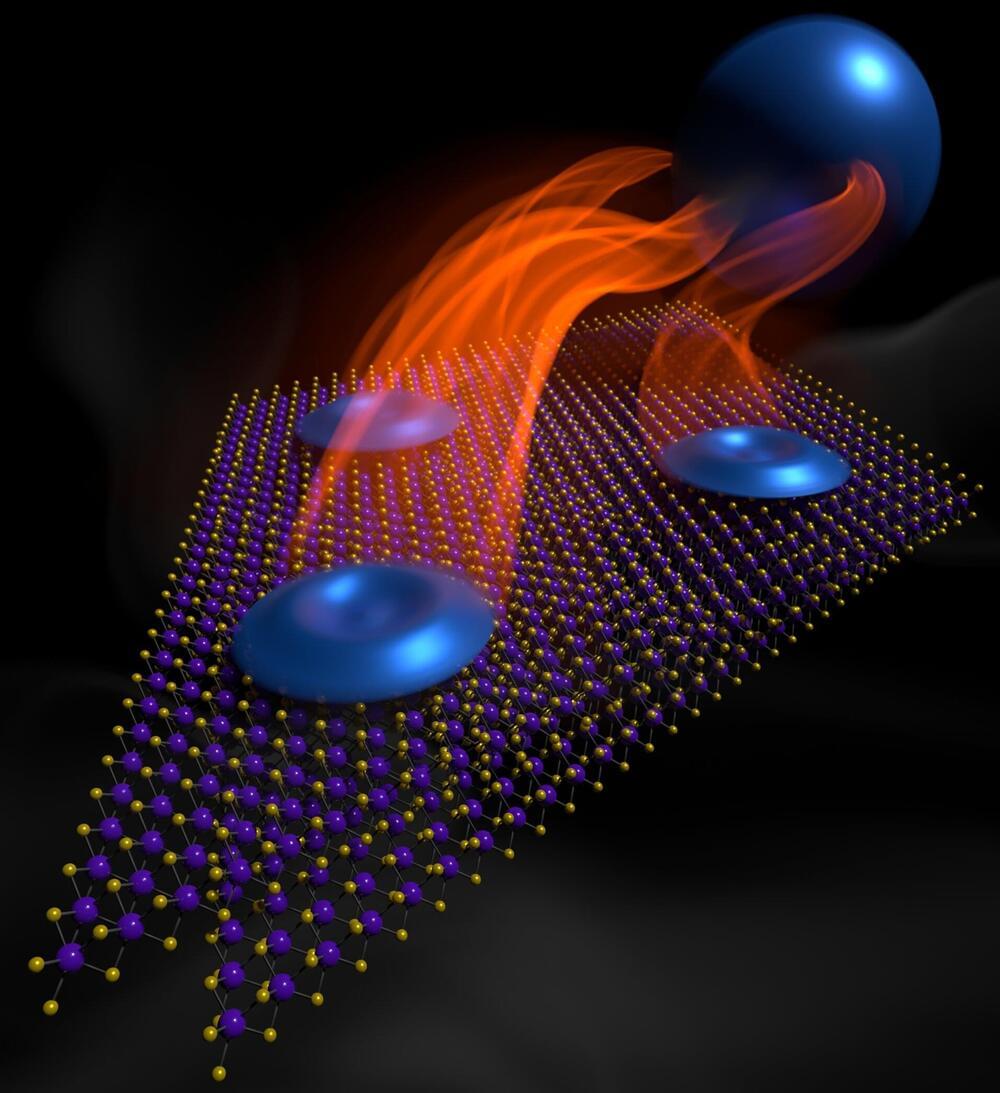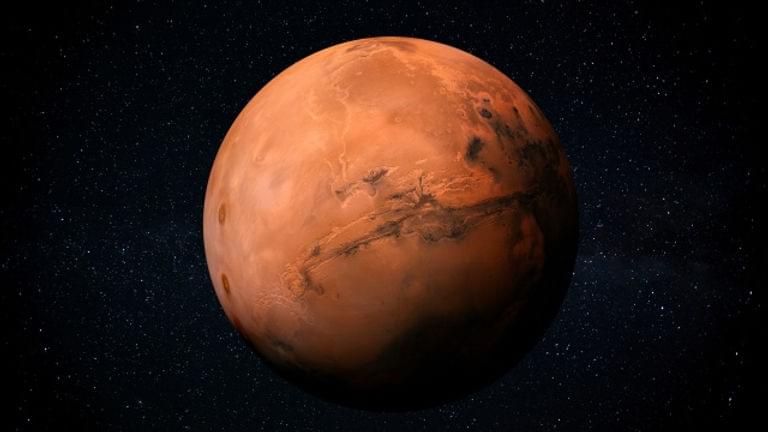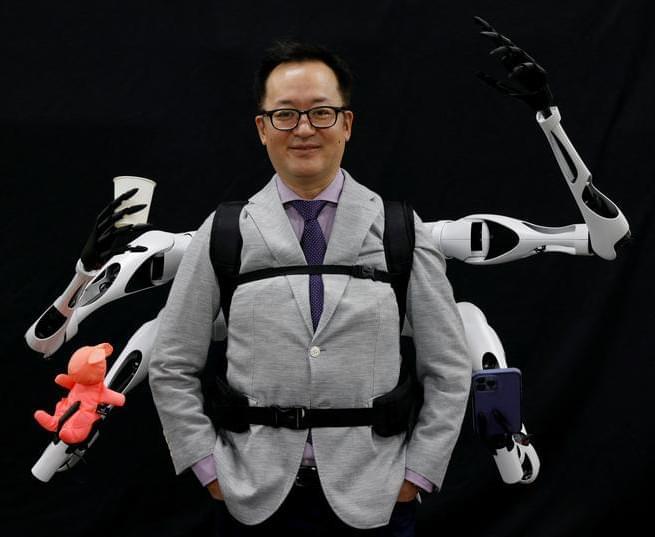Scientists using the Atacama Large Millimeter/submillimeter Array (ALMA) to study the protoplanetary disk around a young star have discovered the most compelling chemical evidence to date of the formation of protoplanets. The discovery will provide astronomers with an alternate method for detecting and characterizing protoplanets when direct observations or imaging are not possible. The results will be published in an upcoming edition of The Astrophysical Journal Letters.
HD 169,142 is a young star located in the constellation Sagittarius that is of significant interest to astronomers due to the presence of its large, dust-and gas-rich circumstellar disk that is viewed nearly face-on. Several protoplanet candidates have been identified over the last decade, and earlier this year, scientists at the University of Liège and Monash University confirmed that one such candidate—HD 169,142 b—is, in fact, a giant Jupiter-like protoplanet.
The discoveries revealed in a new analysis of archival data from ALMA—an international collaboration in which the National Science Foundation’s National Radio Astronomy Observatory (NRAO) is a member—may now make it easier for scientists to detect, confirm, and ultimately characterize, protoplanets forming around young stars.
